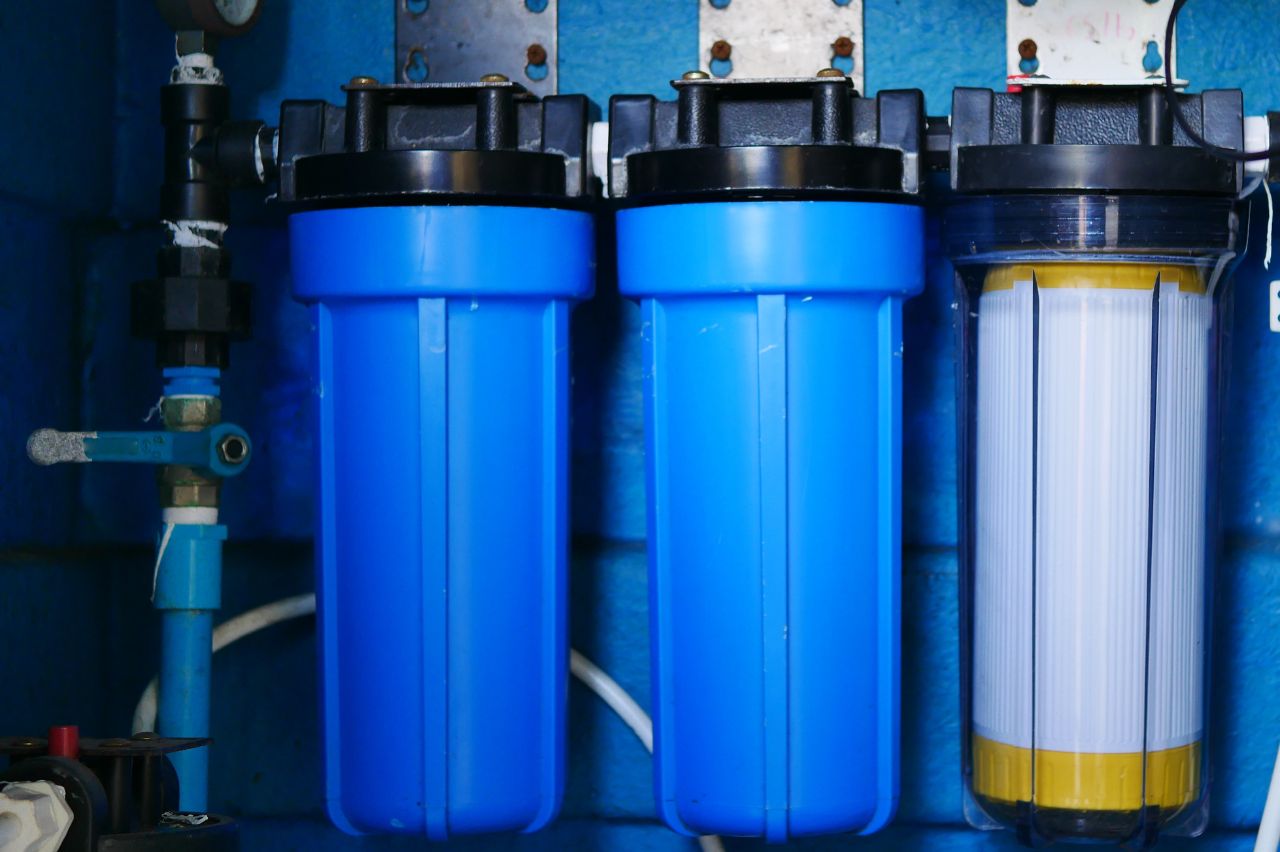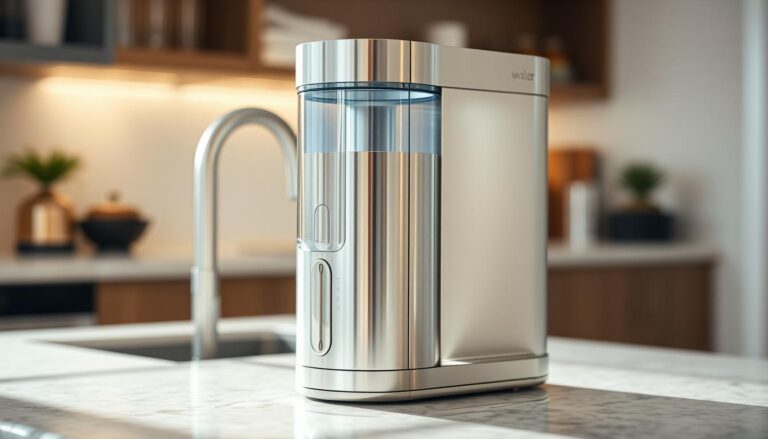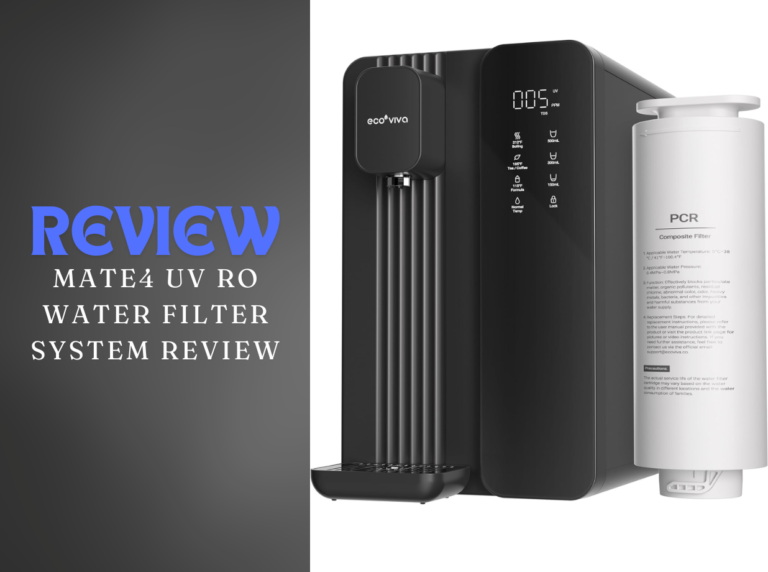What Does Reverse Osmosis Remove?
Reverse osmosis is one of the most effective ways to purify drinking water, but one of the main questions people have been whether it can remove fluoride, PFAS, and coliform bacteria from drinking water. In general, the answer is yes, reverse osmosis systems can effectively reduce levels of fluoride, PFAS, and coliform bacteria in water.
What is Coliform Bacteria?
Coliform bacteria are a large group of bacteria found in soil, vegetation, and water. While not all coliform bacteria can cause disease, some species have been known to cause illness. Therefore, it is important to reduce the presence of coliform bacteria in drinking water as much as possible to prevent water-borne illnesses.
How Does Reverse Osmosis Work?
The process of reverse osmosis requires pressure to push the water through the filter. This pressure forces any unwanted particles, including coliform bacteria, to stay on one side of the membrane. Once the filtration process is complete, you’ll be left with pure and clean water ready for consumption. While reverse osmosis is a reliable method of removing bacteria from your drinking water supply, it doesn’t work to remove all types of contaminants. To achieve maximum protection, pair reverse osmosis with other processes like carbon filtering and ultraviolet disinfection.
Does Reverse Osmosis Remove Coliform Bacteria?
Yes, reverse osmosis is very effective at removing coliform bacteria from drinking water. It works by trapping the bacteria on a semi-permeable membrane, so only pure water molecules can pass through the filter and into your glass. This helps to make sure that you are drinking clean and safe water, free from any potential contaminants.
Is Reverse Osmosis the Best Solution for Improving Water Quality?
Yes, reverse osmosis is an excellent solution for improving water quality. It’s one of the most efficient ways to remove harmful contaminants from your drinking water. This ensures that you are consuming safe and healthy water that won’t put your health at risk. Reverse osmosis is also fairly easy to install and it doesn’t require a lot of maintenance or upkeep.
In terms of removing coliform bacteria specifically, reverse osmosis is 99% effective in doing so. If you want to ensure the highest levels of water safety, then reverse osmosis is a great option to consider.
Can Reverse Osmosis Remove PFAS?
Are you wondering if reverse osmosis can help purify your water from contaminants such as Per- and Polyfluoroalkyl Substances (PFAS)? If so, then you have come to the right place. In this guide, we’ll explain what PFAS are, how they can be harmful, and answer whether or not reverse osmosis can remove these dangerous chemicals.
What are PFAS?
PFAS are a class of highly fluorinated compounds used in many industrial and consumer products, such as non-stick cookware, clothes, and cleaners. These chemicals are resistant to heat, water, and oil, which makes them useful in all sorts of applications. Unfortunately, they also don’t evaporate or break down easily — leading to their accumulation in drinking water supplies.
Can Reverse Osmosis Remove PFAS?
Yes, reverse osmosis can be an effective way to reduce PFAS levels in water. Reverse osmosis is a type of filtration that removes impurities from water by forcing it through a membrane at high pressure. This process can remove more than 99 percent of PFAS compounds from the water, as well as most other common pollutants like lead, arsenic, and chlorine.
Will a Reverse Osmosis Filter Keep Me Safe from PFAS in Drinking Water?
Yes, using a reverse osmosis filter can provide extra protection from PFAS in drinking water. While a reverse osmosis filter will remove most PFAS compounds from the water, it’s still important to check the levels of these compounds regularly. It’s also important to note that not all reverse osmosis filters are equal – you should make sure that your filter is certified for removing PFAS before purchasing.
Are There Other Ways to Remove PFAS From My Water Supply?
Yes, there are other ways to remove PFAS from your water supply. Granulated activated charcoal (GAC) and ion exchange resins are both used to reduce PFAS levels in drinking water. GAC filters in particular can be effective at removing a wide range of PFAS compounds as they contain small particles that adsorb the molecules onto their surfaces.
Does Reverse Osmosis Remove Fluoride from Water?
Looking for an effective way to reduce fluoride levels in your water? Let’s explore how reverse osmosis can help you achieve that goal.
Reverse osmosis filtration systems are one of the most effective ways to reduce fluoride levels in your home’s drinking water. From understanding how it works and what types of contaminates RO will remove, we’ll discuss the advantages and disadvantages of using reverse osmosis for fluoride removal.
How Does Reverse Osmosis Remove Fluoride?
Although it is chemically impossible for RO systems to completely eliminate fluoride from your water, it does significantly reduce contamination levels. In fact, according to the World Health Organization (WHO), reverse osmosis can reduce fluoride levels in drinking water by up to 90%.
Is It Effective for Removing Fluoride Intermediates and Compounds?
Not only is reverse osmosis effective for removing fluoride, but it also removes other fluoride compounds and derivatives such as fluorosilicic acid, sodium fluoride, and calcium fluoride. This means that the water coming out of your reverse osmosis system will have a much lower fluoride level than what was previously present in your drinking water.
In Closing
One of the best methods for purifying drinking water is reverse osmosis. It functions by enclosing microorganisms on a semi-permeable barrier, allowing only molecules of clean water to pass through. This guarantees that the water you’re drinking is safe, wholesome, and won’t endanger your wellbeing. Reverse osmosis is a reliable method for purifying drinking water of impurities like fluoride, PFAS, and coliform bacteria.







